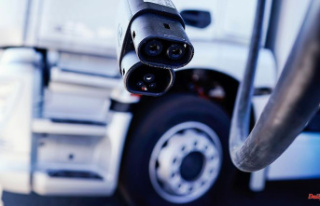In November and December, for example, toy and jewelery retailers actually make a large part of their annual sales. But the willingness to spend more marks a record low.
A few weeks before the start of the Christmas business, the consumer mood among Germans is worse than ever. The monthly barometer of the German Retail Association (HDE), which is determined by a survey of 1,600 consumers, fell in October for the third month in a row and reached an all-time low of 84.14 points. "Increasing living costs and high energy costs are significantly dampening consumer spending," the HDE explained the negative development.
The willingness to spend more - the so-called propensity to buy - marked a record low. Accordingly, consumer restraint is likely to increase in the coming weeks and months, especially since real incomes are falling due to high inflation. "As a result, the financial leeway is reduced both for consumer spending and for saving," says the HDE.
This is not the right time for retailers, as the high-sales Christmas business is just around the corner. In November/December, for example, toy and jewelery retailers bring in a large part of their annual turnover. "The coming months will show to what extent the bad mood will actually have an impact on retail consumption, when consumers are generally confronted with high additional payments," said the HDE with a view to the announced higher energy bills. "Currently there is still money available."
Inflation rose to 10.0 percent in September, the highest in decades, as energy and food prices rose sharply as a result of Russia's war in Ukraine. The federal government is planning another protective shield for consumers and companies to cushion the sudden increase in energy costs. The traffic light coalition of SPD, Greens and FDP put the volume at up to 200 billion euros. In addition to an electricity price brake, a gas price brake is now also planned.












